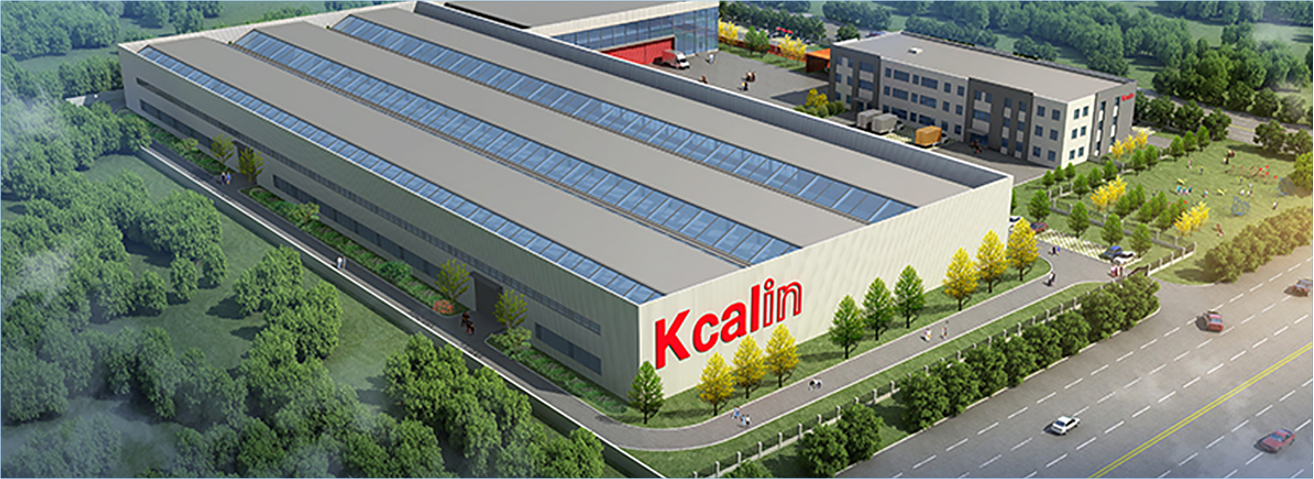With the rise of sports events and the continuous emergence of large sports venues, choosing a suitable ventilation system has become a crucial part of sports venue design and operation. The choice of ventilation system is directly related to the comfort of the audience, the air quality in the venue, and the normal progress of sports competitions.
The design and selection of ventilation systems for large sports venues are directly related to the health and comfort of spectators and athletes, as well as closely related to the energy consumption and operating costs of the venues. A reasonable ventilation system can not only ensure fresh air in the venue, but also effectively control temperature and humidity, improving overall operational efficiency. The following are the important roles of ventilation systems in large sports venues:
Ensuring the health of the audience: If the audience stays in the sports stadium for a long time, poor ventilation may lead to a decrease in air quality, causing discomfort, breathing difficulties, and other problems. A good ventilation system can promptly remove harmful substances from the air, ensuring the health and safety of the audience.
Maintaining the competition environment: Athletes need to maintain their physical fitness during the competition, and a suitable ventilation system can ensure suitable temperature and air circulation in the venue, providing a good competition environment for athletes, which is conducive to the normal progress of the competition.
Energy conservation and environmental protection: Large sports venues have high operating costs, and a well-designed ventilation system can reduce energy consumption and mitigate the impact on the environment. By adopting new ventilation technologies, energy conservation and emission reduction can be achieved, in line with the concept of sustainable development.
Key factors in selecting ventilation systems for large sports venues

Scale and structure: Sports venues of different scales and structures have varying demands for ventilation systems. For large sports venues with numerous seats, the ventilation system needs to have the characteristics of high air volume and high efficiency to ensure the comfort of the audience.
Activity type and density: The type and density of activities held in sports venues are also factors to consider when choosing a ventilation system. For example, high-intensity sports competitions and celebrations may lead to gatherings of people, and ventilation systems need to have the ability to cope with high-density pedestrian flow.
Air quality standards: Select ventilation systems that meet the requirements based on local air quality standards and relevant regulations. Especially in areas with strict regulations on indoor air quality, the design and operation of ventilation systems must comply with corresponding standards.
Technological innovation and intelligence: With the continuous development of technology, the technology of ventilation systems is also constantly innovating. Adopting an intelligent ventilation system, real-time monitoring of air quality and temperature and humidity through sensors, achieving automatic adjustment, improving the efficiency and energy consumption management level of the system.
Energy saving performance: Choosing a ventilation system with good energy-saving performance can reduce operating costs and improve the sustainability of the venue. Efficient ventilation systems can significantly reduce energy waste while maintaining air quality.
Technical points of ventilation system for large sports venues
Calculation of fresh air volume: Based on the functional use, pedestrian density, and air quality standards of the sports venue, a reasonable calculation of fresh air volume is carried out. The reasonable determination of fresh air volume is directly related to the performance of the ventilation system.
Air circulation design: The design of the ventilation system needs to ensure uniform air circulation within the venue, prevent blind spots and insufficient local ventilation. Adopting a reasonable layout of air ducts and the location of air conditioning equipment to ensure that the entire venue can benefit from the ventilation system.
Intelligent control system: The use of intelligent control system can achieve automatic adjustment of the ventilation system, and precise control can be achieved based on real-time monitoring data. This not only improves the efficiency of the ventilation system, but also allows for more flexible adaptation to the needs of different activities.
Noise control: Considering the usage environment of the ventilation system in sports venues, noise control is an important technical point. Adopting low-noise ventilation equipment and sound insulation measures to ensure that the ventilation system operates without causing interference to the audience and athletes.
Future trends: Innovation and development of ventilation systems in large sports venues
Green energy application: In the future, the ventilation system of large sports venues is expected to use more green energy, such as solar energy, wind energy, etc., to further reduce dependence on traditional energy and promote the sustainable development of sports venues.
Intelligence and data analysis: With the popularization of Internet of Things technology, the ventilation systems of large sports venues will be more intelligent. Through big data analysis, the system can better adapt to the needs of different time periods and activities, and improve operational efficiency.
Air purification technology: In order to improve indoor air quality, the ventilation system of future sports venues may pay more attention to the application of air purification technology, including high-efficiency filters, air fresheners, etc., to ensure that spectators and athletes enjoy the competition in a fresh environment.
Choosing a suitable ventilation system is crucial for the healthy operation of large sports venues. When choosing a ventilation system, it is not only necessary to consider technical performance, but also to pay attention to the maintainability and upgradability of the system. Taking into account the size, functionality, environmental requirements, and future trends of the venue, it can help sports venues calmly face the growing demand for spectators and the challenges of sports events, providing people with a fresh and comfortable sports viewing place. By continuously introducing new technologies, the ventilation system of large sports venues will surely achieve better development in the future.







Comment